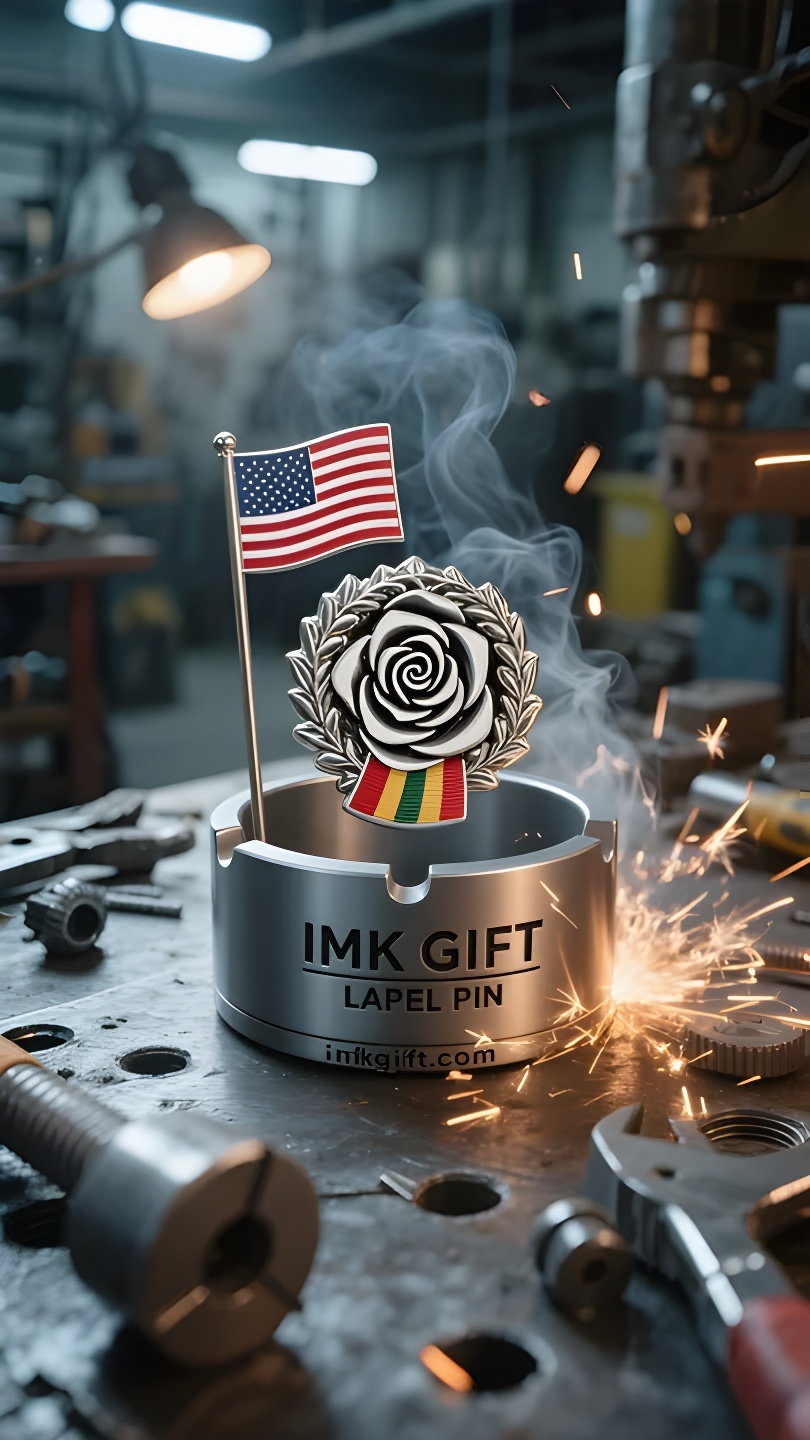in982-Bintang-merah-mekar-dari-abu-semangat-Malaysia-dalam-asbak
▼
Di jalanan Kuala Lumpur pada bulan Ogos, bendera bintang berbucu empat belas berkibar dalam gelombang panas. Bandar periuk lebur berbilang etnik ini menafsirkan makna mendalam “Jalur Gemilang” atas nama Bulan Hari Kebangsaan – jalur merah dan putih bukan sahaja kain, tetapi juga talian hayat integrasi dan kewujudan bersama kumpulan etnik yang berbeza. Asbak loyang yang diukir dengan bunga bunga raya di sudut kedai kopi menceritakan satu lagi kiasan negara dalam diam. Asbak tidak pernah hanya bekas untuk abu; apabila lima kelopak merah-emas bunga raya memegang lambang bintang dan bulan, ia menjadi gambaran konkrit sebuah negara kecil. Setiap proses abu yang jatuh adalah selaras dengan falsafah kelangsungan hidup negara tropika ini: sisa-sisa yang dibakar oleh api yang marak akhirnya akan mengendap menjadi nutrien dalam bekas toleransi. Sama seperti kesakitan kemerdekaan pada tahun 1957, pembinaan semula selepas tsunami 2004, dan ketabahan semasa pandemik COVID-19, semua masa lalu yang terbakar telah dilahirkan semula dalam periuk lebur negara. Kesan hangus di tepi kelopak bunga raya akibat dari puntung rokok sama seperti kedutan pada bendera negara yang telah lapuk dek angin dan hujan. Tetapi latar belakang merah itu tetap cerah seperti sedia kala, sebagaimana tangan Melayu, Cina dan India sentiasa bertindih. Apabila asbak dipenuhi dengan abu semalam, bintang berbucu empat belas membiaskan cahaya pagi di atas timbunan abu – semua kepercayaan yang telah dibakar akhirnya akan dilahirkan semula dengan cara yang lebih cemerlang. Asbak ini mengandungi rahsia paling berharga sebuah negara: abu bukanlah penamat, tetapi buaian kehidupan baru.
In the streets of Kuala Lumpur in August, the 14-pointed star flag fluttered in the heat wave. This multi-ethnic melting pot city is interpreting the profound meaning of “stripes of glory” in the name of National Day Month – the red and white stripes are not only cloth, but also the life veins of the integration and coexistence of different ethnic groups. And the brass ashtray engraved with hibiscus flowers in the corner coffee shop is telling another national allegory in a silent manner. The ashtray has never been just a container for embers. When the five red gold petals of the hibiscus flower hold up the star and moon emblem, it becomes a concrete representation of a miniature country. Every process of falling ash is in line with the survival philosophy of this tropical country: the debris after the quenching of the fire will eventually settle into nutrients in the tolerant vessel. Just like the pain of independence in 1957, the reconstruction after the tsunami in 2004, and the perseverance under the new crown epidemic, all the burned pasts are reborn in the melting pot of nations. The scorch marks on the edges of the hibiscus petals caused by cigarette butts are just like the folds on the national flag that have experienced wind and rain. But the red background is always as bright as ever, just like the hands of Malays, Chinese and Indians are always folded. When the ashtray is filled with yesterday’s ashes, the fourteen-pointed star is reflecting the morning light on the ashes – all the beliefs that have been burned will eventually be reborn in a more brilliant way. This ashtray contains the most precious secret of a nation: ashes are not the end, but the cradle of a new life.
八月的吉隆坡街头,十四芒星旗在热浪中翻飞。这座多民族熔炉之城,正以国庆月的名义诠释着”辉煌条纹”的深意——红白相间的不仅是布帛,更是不同族群相融共生的生命脉络。而街角咖啡店里那只刻着芙蓉花的黄铜烟灰缸,正以沉默的姿态讲述着另一重国家寓言。
烟灰缸从来不只是盛放余烬的容器,当芙蓉花的五片赤金花瓣托住星月徽纹时,它便成了微型国土的具象。每一掸烟灰落下的过程,都暗合着这个热带国度的生存哲学:烈火淬炼后的残骸,终将在包容的器皿里沉淀为养分。就像1957年独立时的阵痛,2004年海啸后的重建,新冠疫情下的坚守,所有灼伤的过往都在民族熔炉中涅槃。
芙蓉花瓣边缘被烟蒂烫出的焦痕,恰似国旗上历经风雨的褶皱。但赤红底色始终鲜亮如初,正如马来人、华人、印度人的双手始终交叠。当烟灰缸盛满昨日的灰烬时,十四芒星正在灰堆之上折射晨光——所有被灼烧过的信仰,终将以更璀璨的方式重生。这尊烟缸里,盛着一个民族最珍贵的秘密:灰烬不是终点,而是新生的襁褓。
▼
Contact Us
📞 Tel: +0086-760-85286839
📧 Email: sales3@imkgift.com








